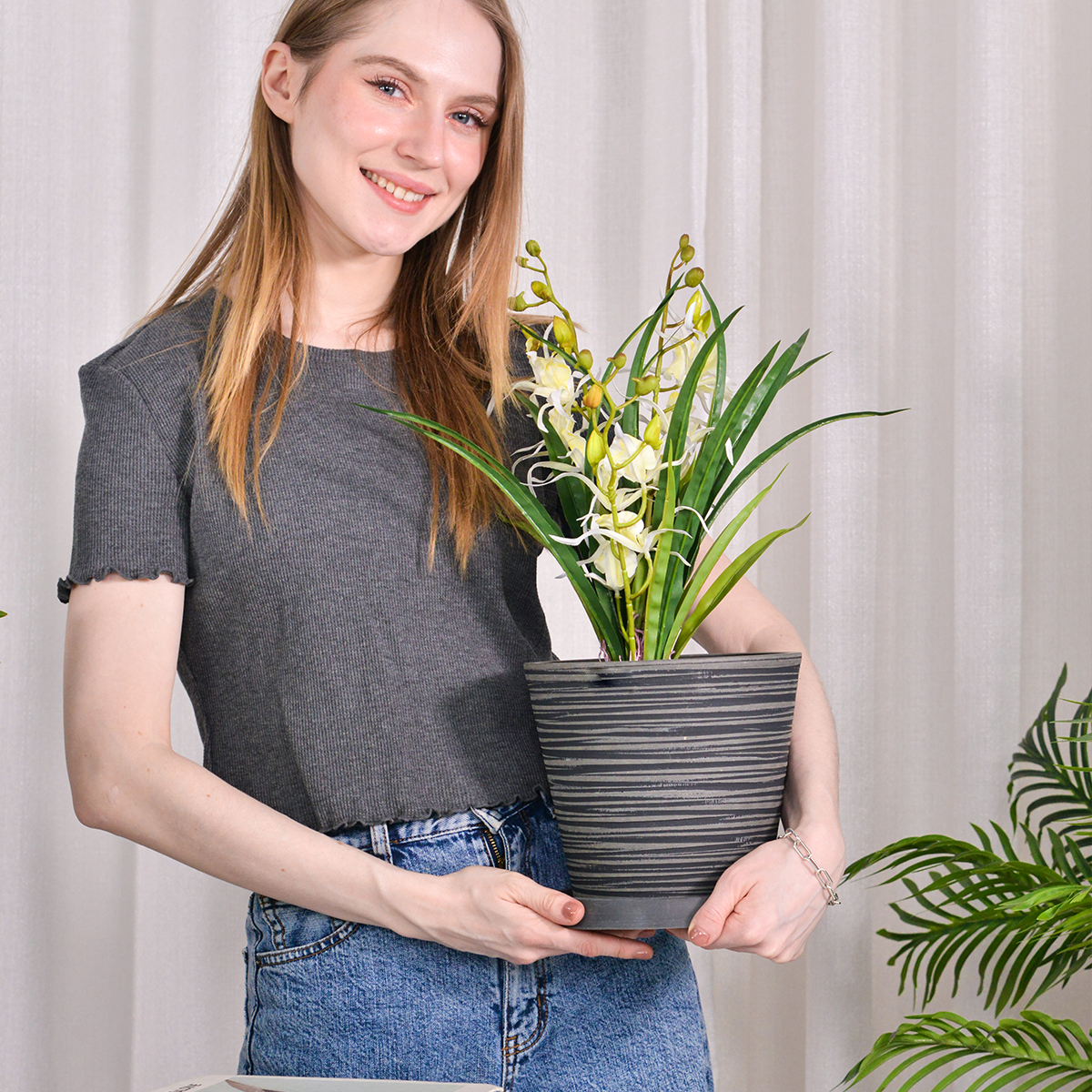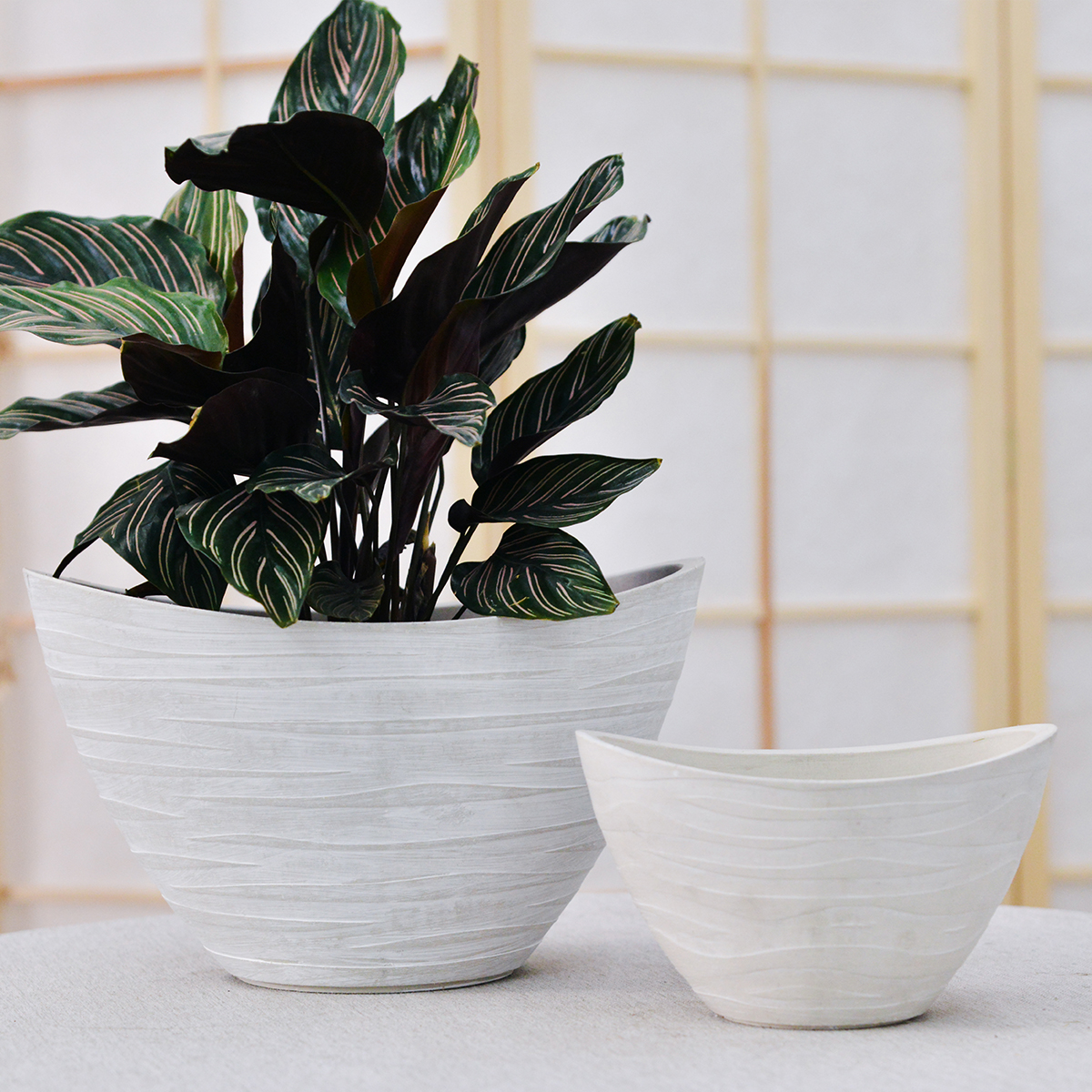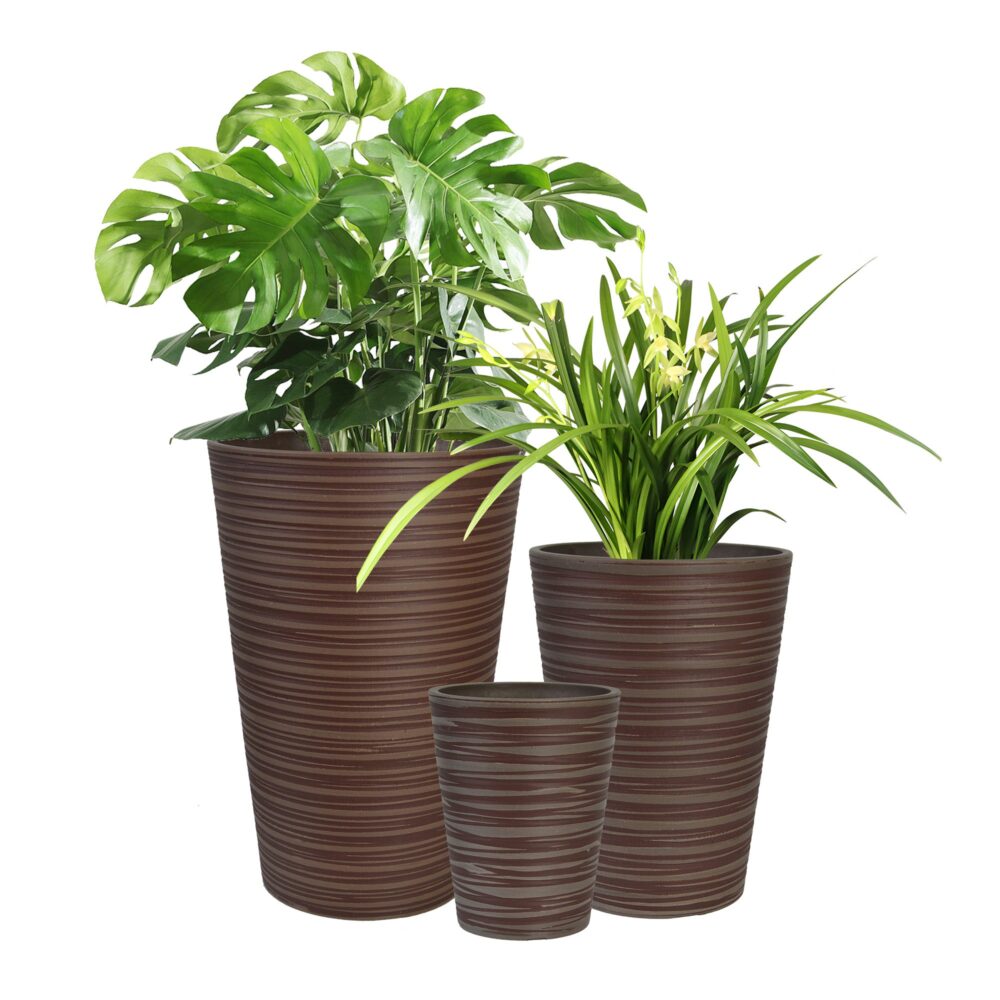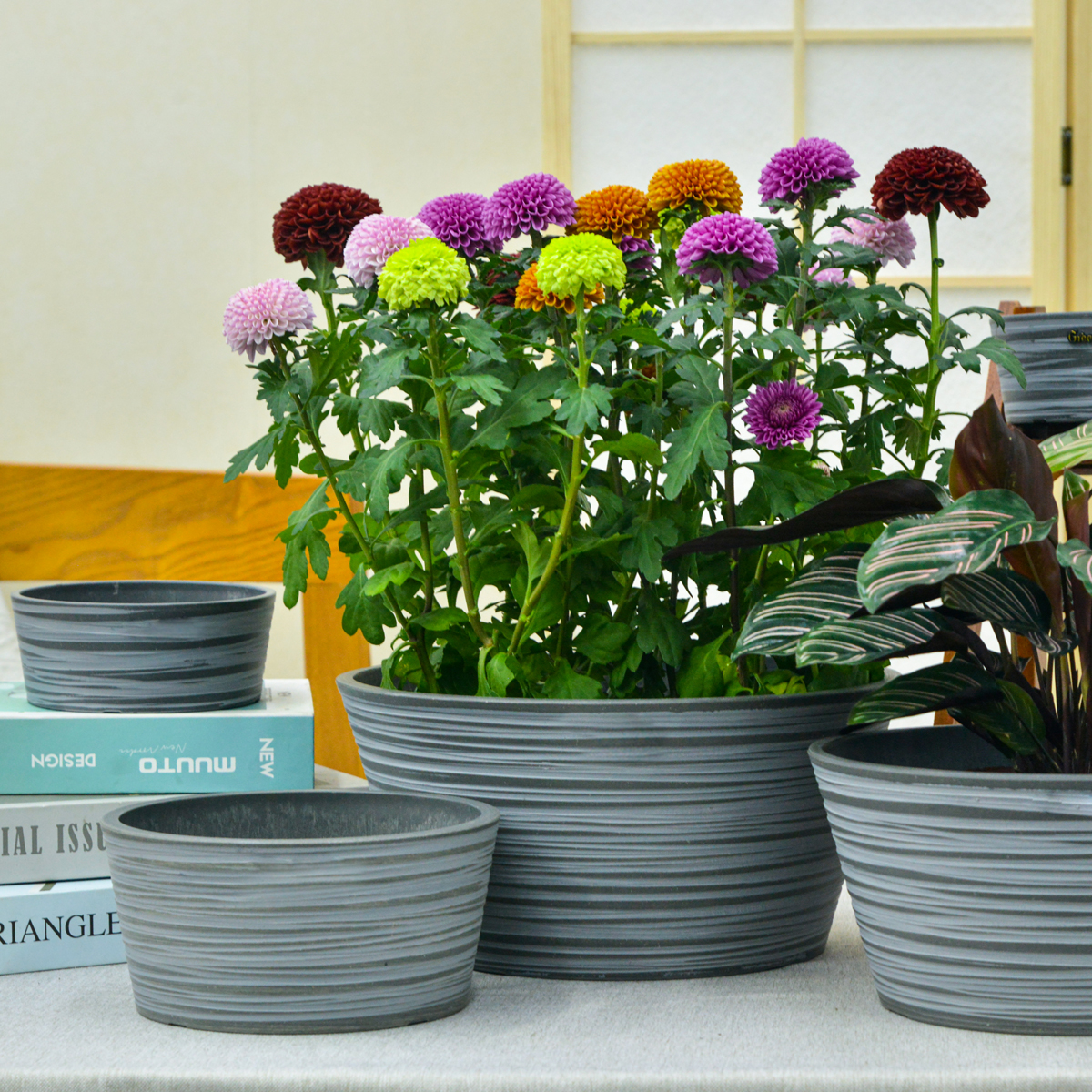Aloe Vera Indoors: The Complete Guide to Growing and Using the Miracle Plant at Home
Looking to grow your own source of natural healing and air-purifying power right in your home? Aloe Vera, often called the “miracle plant” or “plant of immortality,” is a succulent known for its medicinal properties and easy-care nature. This popular and versatile plant, belonging to the genus Aloe and native to arid regions, is prized for its soothing gel and ability to thrive indoors. This comprehensive guide will provide you with everything you need to know to grow Aloe Vera indoors, from selecting the right varieties and pots to mastering essential care techniques and harnessing its beneficial gel.
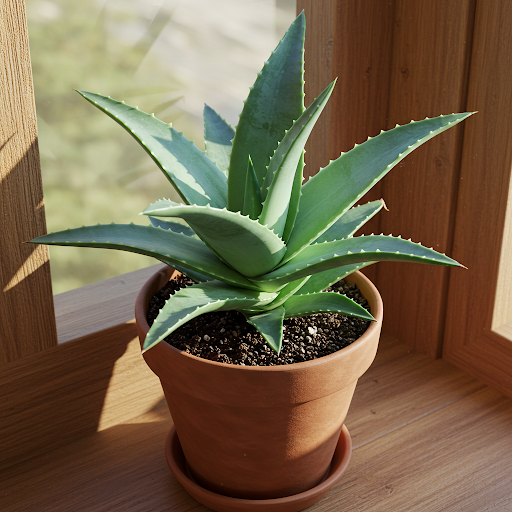
Aloe Vera
Can Aloe Vera Thrive Indoors?
Yes, Aloe Vera thrives exceptionally well indoors and is one of the easiest succulents to grow as a houseplant. Its low-maintenance nature, drought tolerance, and air-purifying qualities make it an ideal choice for beginners and experienced plant enthusiasts alike. Indoor conditions often mimic its native arid environment, making it perfectly happy to grow and flourish inside your home.
Ideal Indoor Growing Conditions for Aloe Vera:
- Aloe Vera Varieties for Indoors: While there are many Aloe species, Aloe barbadensis miller (true Aloe Vera) is the most commonly grown for its medicinal gel and is well-suited for indoor cultivation. Other smaller Aloe species and hybrids can also be grown indoors for ornamental purposes.
- Light: Aloe Vera loves bright, indirect sunlight. It thrives in sunny locations, needing at least 6-8 hours of bright, indirect light per day. South-facing windows are ideal. While it can tolerate some direct morning sun, avoid harsh afternoon sun, which can scorch the leaves. Insufficient light can lead to weak, leggy growth. If you don’t have enough natural light, consider using supplemental grow lights.
- Soil: Aloe Vera needs well-draining soil, which is crucial to prevent root rot. Use a cactus or succulent potting mix, which is specifically formulated for succulents and provides excellent drainage. You can also make your own mix by combining regular potting mix with perlite, coarse sand, or pumice to improve drainage.
- Watering: Aloe Vera is a succulent and is very drought-tolerant. Overwatering is the most common mistakeand can quickly lead to root rot, which is fatal to Aloe Vera. Water sparingly and deeply, only when the soil is completely dry. Allow the soil to dry out thoroughly between waterings. In fact, it’s better to underwater Aloe Vera than to overwater it. During the winter months, when growth slows, water even less frequently.
- Temperature: Average room temperatures between 60°F to 80°F (15°C to 27°C) are ideal. Aloe Vera is comfortable in typical household temperatures. It can tolerate slightly cooler temperatures, but protect it from frost and temperatures below 50°F (10°C).
- Humidity: Aloe Vera prefers dry air and does not need high humidity. Average household humidity is perfectly suitable. Avoid placing it in overly humid environments like bathrooms, unless they are well-ventilated.
Planting Your Aloe Vera Indoors:
- Starting from Pups (Offsets) or Potted Plants: Aloe Vera is easily propagated from pups (offsets or baby plants) that grow around the base of the mother plant. You can also purchase established Aloe Vera plants from nurseries, garden centers, or online retailers.
- Propagation from Pups: When repotting a mature Aloe Vera, you can gently separate the pups from the mother plant. Ensure each pup has its own roots. Allow the cut ends to callus over for a day or two before planting in well-draining potting mix.
- Planting Time: Aloe Vera can be planted or repotted at any time of year indoors. Spring or early summer, at the start of the growing season, is generally recommended for optimal establishment.
Choosing the Right Pots for Indoor Aloe Vera:
- Suitable Pot Types: Select pots with excellent drainage. Terracotta pots are highly recommended for Aloe Vera, as their porous nature allows for better aeration and drainage, helping to prevent overwatering and root rot. Unglazed ceramic pots are also a good option. Avoid plastic pots, as they retain more moisture and can increase the risk of overwatering, unless you are very careful with watering.
- Drainage: Drainage is absolutely critical for Aloe Vera. Ensure your chosen pot has large drainage holes at the bottom. You can also add a layer of gravel or pot shards at the base of the pot to further improve drainage.
- Pot Size: Choose a pot that is only slightly larger than the root ball. Aloe Vera prefers to be slightly root-bound and does not need a large pot. Overpotting (using too large a pot) can lead to excess moisture retention and root rot. When repotting, typically move up only slightly in pot size. For pups, start with smaller pots and gradually increase pot size as they grow.
- Potting Mix: Use a cactus or succulent potting mix as described earlier.
Essential Care Tips for Healthy Indoor Aloe Vera:
- Watering Schedule: “Dry and Deep” Watering. Allow the soil to dry out completely between waterings. Water deeply when you do water, until water drains out of the drainage holes. Then, don’t water again until the soil is completely dry. This may be every 2-4 weeks, or even longer, depending on environmental conditions, pot type, and season. When in doubt, underwater rather than overwater.
- Fertilizing: Less is More. Aloe Vera is not a heavy feeder and does not require frequent fertilization. Fertilize sparingly, only 1-2 times during the growing season (spring and summer), with a balanced liquid fertilizer diluted to half or quarter strength, or a fertilizer specifically formulated for succulents and cacti. Avoid over-fertilizing, which can lead to weak growth. Do not fertilize during the fall and winter dormant period.
- Light Management: Provide bright, indirect sunlight. Monitor for signs of sunburn (brown tips) if placed in very intense direct sun. Rotate the pot occasionally to ensure even light exposure on all sides.
- Pruning: Pruning is mainly for removing dried or damaged leaves. You can also trim off pups for propagation. To harvest Aloe Vera gel, cut mature outer leaves near the base of the plant. The plant will naturally seal the cut.
- Leaf Cleaning: Dust can accumulate on the leaves. Wipe the leaves with a damp cloth occasionally to keep them clean.
- Repotting Schedule: Repot Aloe Vera every 2-3 years, or when it becomes root-bound, or when you want to divide pups. Repot in spring or early summer.
- Pest and Disease Control: Aloe Vera is generally resistant to pests and diseases. However, it can occasionally be affected by mealybugs or scale. Overwatering is the primary cause of problems, leading to root rot. Ensure proper drainage and avoid overwatering to prevent root rot. Treat any pest infestations promptly with insecticidal soap or rubbing alcohol.
Popular Aloe Vera Varieties (and related Aloe species for indoor growing):
- Aloe barbadensis miller (True Aloe Vera): The most common and widely used for medicinal gel.
- Aloe vera var. chinensis: A variety of Aloe vera with slightly different leaf characteristics.
- Aloe aristata (Lace Aloe): Smaller, rosette-forming Aloe with white-spotted leaves.
- Aloe humilis (Spider Aloe): Small, clumping Aloe with toothed leaves.
- Aloe variegata (Tiger Aloe or Partridge Breast Aloe): Distinctive triangular leaves with striking white markings.
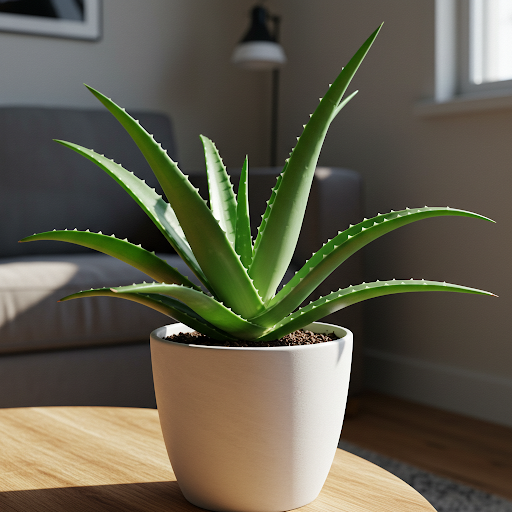
Aloe Vera
In Summary:
Growing Aloe Vera indoors is a simple and rewarding way to have this beneficial plant readily available in your home. Its ease of care, drought tolerance, and healing properties make it a fantastic houseplant for anyone. By providing bright, indirect light, well-draining cactus or succulent mix in a terracotta pot, and watering sparingly only when the soil is completely dry, you can easily cultivate a thriving Aloe Vera plant indoors and enjoy its beauty and natural gel for years to come.
For more detailed botanical information and to explore the diverse world of Aloe species, you can visit the Wikipedia page on Aloe vera.
Important Note: Aloe Vera gel is generally safe for topical use, but ingestion of large amounts of Aloe Vera latex (the yellowish sap just under the outer skin of the leaf) can have laxative effects and may cause digestive upset in some individuals. Use Aloe Vera responsibly and consult with a healthcare professional for any medicinal concerns.
K2-11T
By greenship|2024-08-13T04:21:25+00:00August 13, 2024|Categories: Hand-carving Series|
20YB
By greenship|2024-08-16T05:37:57+00:00August 16, 2024|Categories: Hand-carving Series|
Modern Plant Pots with Drainage – Indoor & Outdoor Use (6″ Widths)
By greenship-seo|2025-04-10T06:29:43+00:00February 6, 2025|Categories: Hand-carving Series|Tags: Decorative Flower Pots|
11TH
By greenship|2024-08-13T02:50:25+00:00August 13, 2024|Categories: Hand-carving Series|
KC2-21G
By greenship|2024-08-13T06:19:08+00:00August 13, 2024|Categories: Hand-carving Series|
11THD
By greenship|2024-08-13T02:52:20+00:00August 13, 2024|Categories: Hand-carving Series|

